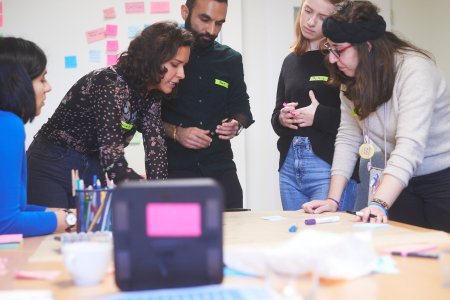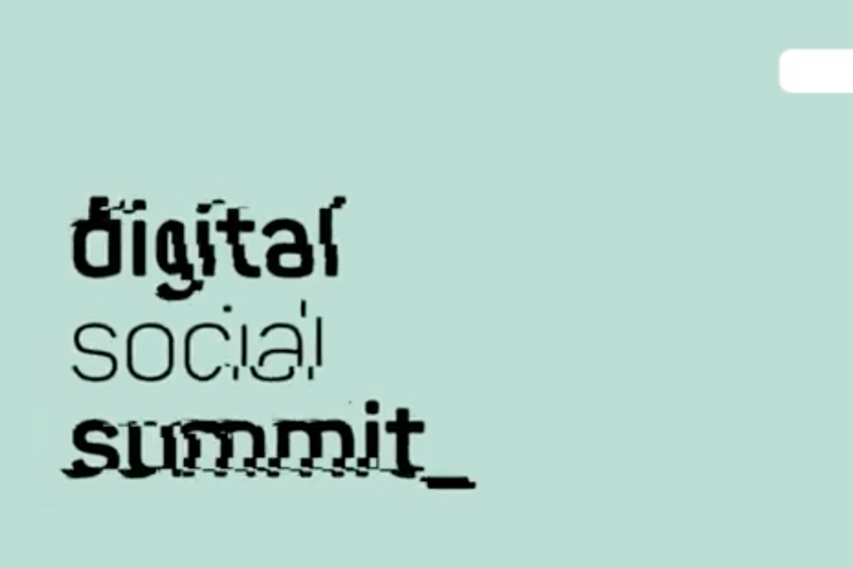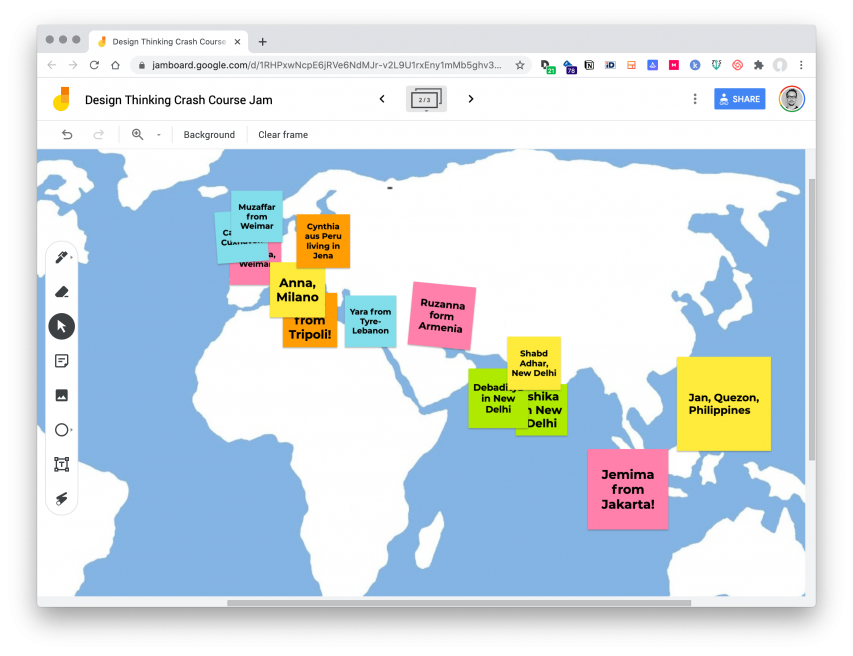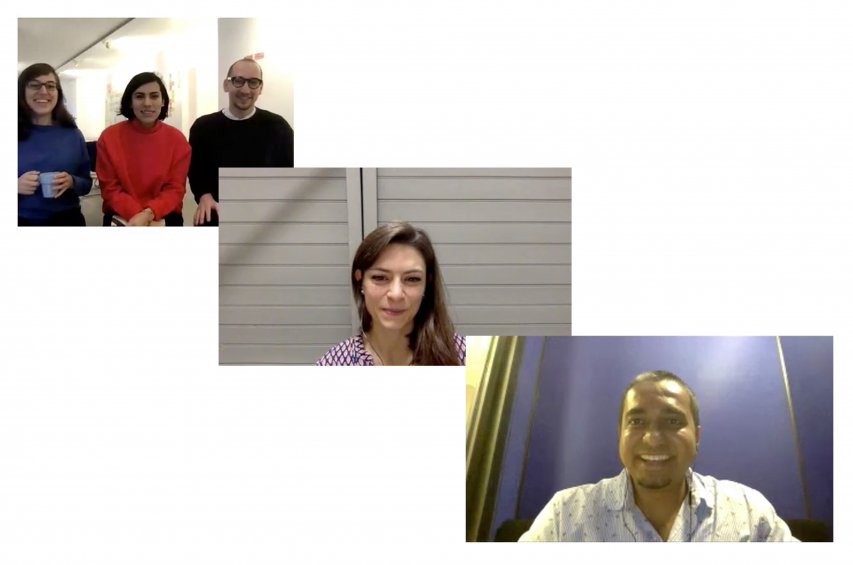In our Intros to EX Design, we always have a lot of people professionals who work in small companies who don’t have fancy software to gather employees’ data and who probably do not have feedback sessions integrated in their operations.
Participants have asked us how can they start working on their EX when they have limited or no data — data like in numbers, percentages, bars & graphs, you know the kind that looks like absolute truths, but nobody knows how they get made and what they actually mean…
Approach A: The lean approach
Last time we had this situation in a project, we took what we call a “lean approach”. This basically means that we work with what we have and figure out the rest on the go. The idea is to learn fast! so instead of starting a whole series of intense interviews that might be not be conclusive due to the broad scope, we did a deep dive session with the People team to surface their explicit and implicit knowledge about the status of the employee experience.
Handle with care: the people team
We use methods like the Empathy Map, Employee Journey Maps, Powerful Questions and the Charette to make explicit what the People team thinks are the pain points and wishes of their colleagues. Please pay attention that I said “what the People team thinks” because whatever they share with us, at this point of the project, we take them as assumptions.

You might be thinking right now “but why assumptions? in the People team there are experts in the field and they are probably the team who interacts the most with everyone at work” and yes, that’s true, but still being an expert doesn’t mean that you truly know your users, as paradoxically it might sound. An expert might have well informed assumptions about how people experience a process or system but to really know for sure, you need to ask the users themselves or observe them in action.
Differentiate assumptions from insights
So what we do is to take those well informed assumptions and proceed to designing interview questions and surveys. The idea is to validate if that what the People team said to us is how actually employees feel. What really helps to craft the questions is to classify all the insights during the deep dive session according to the categories: Things we know for sure (perhaps you have a bit of data that proves it), things we assume, things we have no clue about. When we do these interviews we have different types of questions, we have ones to validate the information we have but we also add some open questions to make it possible for people to share with us pain points and wishes the People team hasn’t considered yet.
When to take this approach
When you are not sure what is the real problem you should be tackling. Usually there are many pains along the employee journey and it is hard to decide.
Approach B: The super lean approach
An even more lean approach would be to create prototypes based on your assumptions and speed up into testing it right away. The key here is to really go into testing being mindful that testing is learning, no validating. this means that whatever solution you are creating at this point is just a tool for learning what the real problem is. This requires discipline! we all fall in love with our ideas but don’t let that blind you.
Build prototypes to learn more, not to validate your ideas
Prepare your testing and the questions in a way that you can leave room for your colleagues to share with you beyond how well your prototype works. Use it to trigger a conversation about their needs, what do they think the prototype could help them with? what is it missing? are there other relevant topics that you might not be addressing? This approach can help you speed up because it is more focused but if you’re new to the whole user research and testing best practices, it might be hard for you to detach from your beautiful prototype and avoid trying to make your colleagues say they love it. If that’s the case, you might fall into the trap of creating a solutions they actually do not want to use but felt uncomfortable to tell you so.
When to take this approach:
When you have some indications about what the main problem is but the solution is uncertain. The scope of this type of challenges is smaller than the one from the approach A. Was it helpful? Any questions I could help you with? Please leave them in the comments!
Find out more
If you’d like to know more about how to work on your employee experience with an employee-centric and agile approach, join our virtual intro here: In there we give you an overview of how it is to design the employee experience by sharing a lovely project we did with the Kiron Open Higher Education team. It was about redesigning a performance management process to fit their new self-organized teams. Happy to see you there! Madlen — I’m Madlen, co-founder of the Employee Experience Lab and every month, on its third Thursday, we hold a virtual meetup called “Intro to EX Design – FAQ”. We are always amazed by the great questions we get and how much we and the all the participants learn from them. And because we believe that sharing is caring, we share them with everyone in the Linkedin community. Enjoy! p.s. if we are still not connected in Linkedin, send me an invite! always happy to have new conversations about EX, Design Thinking and Facilitation.


